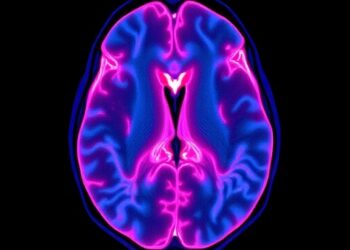What:
What:
Sexual and gender minorities (SGM)—individuals who identify as gay, lesbian, bisexual, queer, transgender, non-binary, or gender-diverse—are twice as likely to report active epilepsy compared to non-SGM individuals, based on a National Institutes of Health (NIH) analysis of data from the population-based National Health Information Survey. “Active epilepsy” means a person has been diagnosed with epilepsy and has had more than one seizure in the past year or is currently taking anti-seizure medication.
This study suggests that epilepsy could be added to the growing number of neurological health disparities experienced by SGM individuals and other minoritized communities. The potential causes of this increase in prevalence are unknown.
The authors note limitations of the study. The survey relies on self-reporting of SGM and epilepsy status, about which some may have been reluctant to report, even when responding anonymously. The survey data analyzed in this study are from 2022, the first year in which questions about current gender identity, sexual orientation, and sex assigned at birth were included.
These findings, along with the study limitations, highlight the importance of collecting information on SGM status and the need for further research into the health disparities seen within that population. The Office of Global Health and Health Disparities at NIH’s National Institute of Neurological Disorders and Stroke (NINDS) supports rigorous research aimed at better understanding and reducing these types of disparities to reduce the burden of neurological disease for all people.
This study was supported by the NINDS Intramural Research Program and the NIH’s National Institute on Aging (AG063899).
Who:
Richard Benson, M.D. Ph.D., director, Office of Global Health and Health Disparities, NINDS
Article:
Johnson, EL et al., “Prevalence of epilepsy in sexual and gender minorities.” JAMA Neurology. July 22, 2024
###
NINDS (http://www.ninds.nih.gov) is the nation’s leading funder of research on the brain and nervous system. The mission of NINDS is to seek fundamental knowledge about the brain and nervous system and to use that knowledge to reduce the burden of neurological disease.
About the National Institutes of Health (NIH): NIH, the nation’s medical research agency, includes 27 Institutes and Centers and is a component of the U.S. Department of Health and Human Services. NIH is the primary federal agency conducting and supporting basic, clinical, and translational medical research, and is investigating the causes, treatments, and cures for both common and rare diseases. For more information about NIH and its programs, visit https://www.nih.gov.




